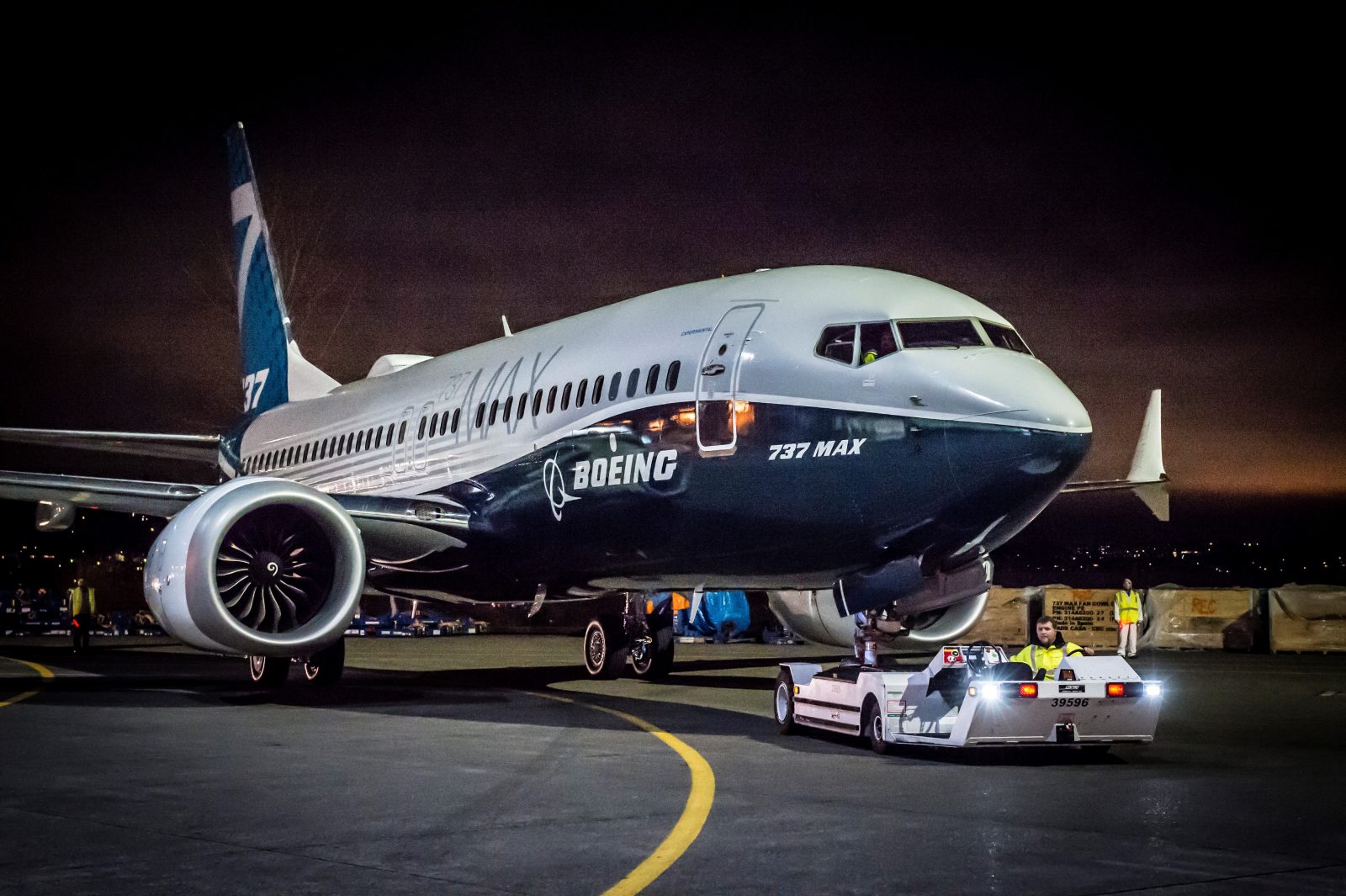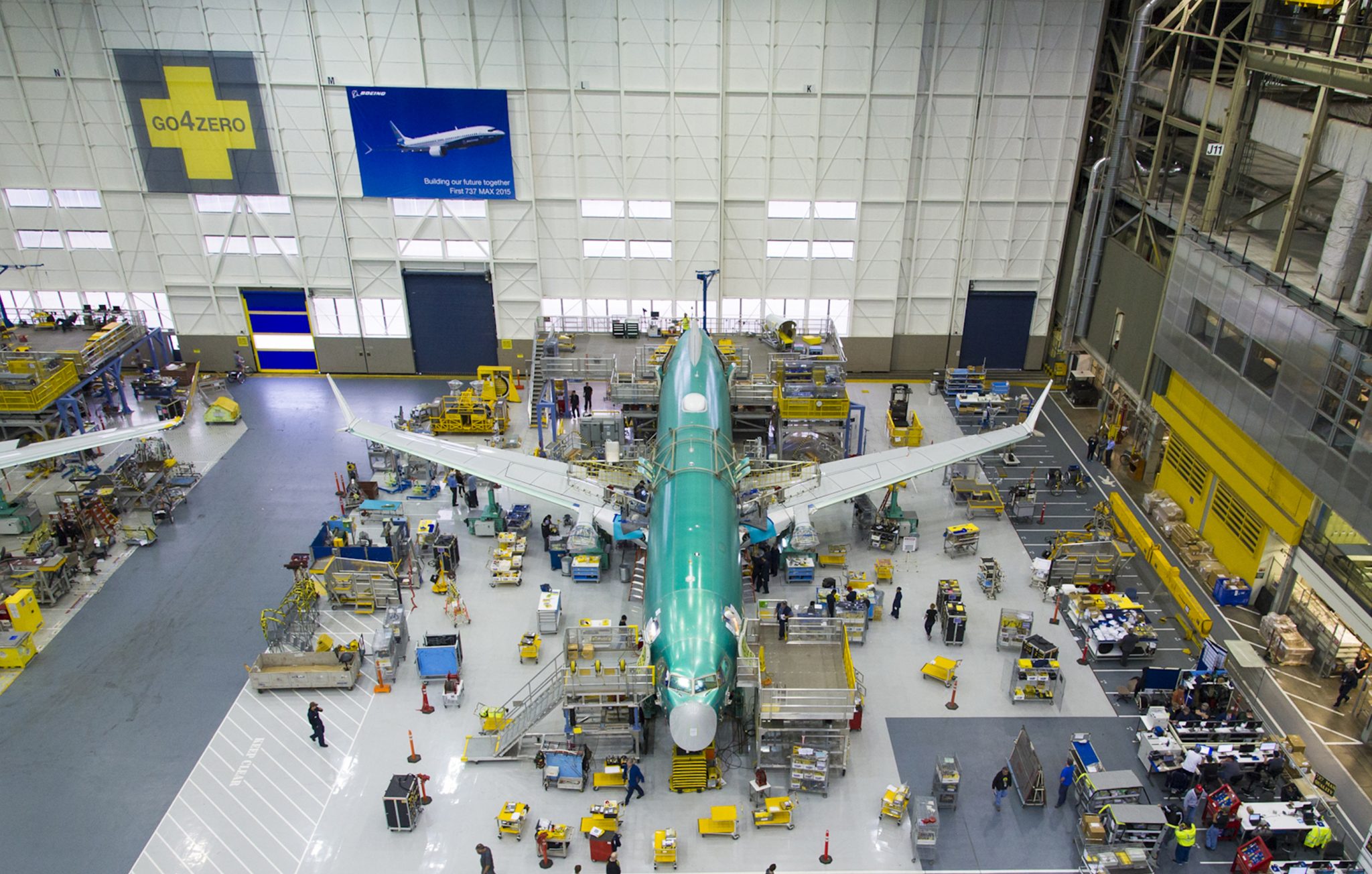
Aircraft manufacturer Boeing has issued an urgent notice to operators of its single-aisle 737 model advising them that there may be a potential problem with a specific part known as the ‘slat tracks’. The problem is believed to affect both the 737MAX model as well as the 737NG (Next Generation). The 737MAX was grounded worldwide in early March but the 737NG continues to fly and is operated by a number of international airlines.
Slats are found on the leading edge of an aircraft wing (the front of the wing facing forwards) and extend outwards in order to increase aerodynamic lift during low-speed operations – such as during takeoff and landing. The slat tracks enable the slats to extend outwards and then retract back into the wing.
Boeing says they have discovered “potential nonconformance” in one batch of slat tracks produced by a third-party supplier – According to the FAA “the affected parts may be susceptible to premature failure or cracks resulting from the improper manufacturing process.” While a failure of the slat tracks wouldn’t in itself lead to a complete loss of aircraft, debris could easily cause serious and potentially critical damage.

So far, Boeing has identified 21 737NG’s which are “most likely” to have the affected parts installed. A further 112 Boeing 737NG’s will also need to be inspected. Boeing has not said which airlines are affected and the aircraft type is still being allowed to fly.
Of the 737MAX fleet, so far 20 planes “most likely” to be affected have been identified and a further 159 MAX aircraft will have precautionary checks. The 737MAX model is currently grounded worldwide after two fatal crashes of the aircraft type in less than six months.
There’s not currently a set timeframe for when the MAX might be allowed to fly again but United Airlines has removed MAX services from its schedules until at least the start of August. Once the FAA approves the 737MAX for flight again, it may take days or even weeks for local regulators to follow suit.
Airlines have been given 10-days to carry out inspections and replace any parts that are found to be faulty. In the United States, the FAA has identified 32 NG and 33 MAX aircraft which are potentially impacted by the problem
Related
Mateusz Maszczynski honed his skills as an international flight attendant at the most prominent airline in the Middle East and has been flying ever since... most recently for a well known European airline. Matt is passionate about the aviation industry and has become an expert in passenger experience and human-centric stories. Always keeping an ear close to the ground, Matt's industry insights, analysis and news coverage is frequently relied upon by some of the biggest names in journalism.







